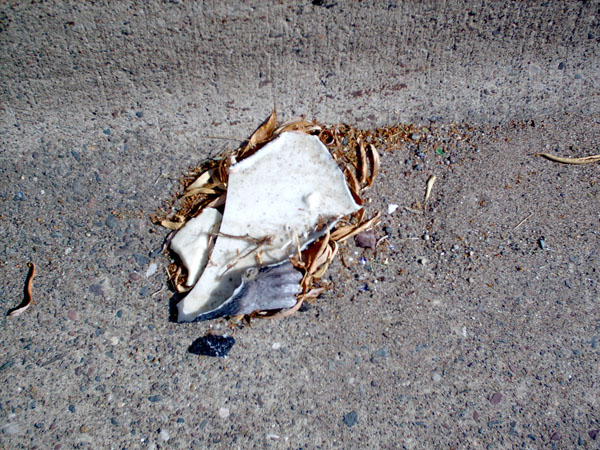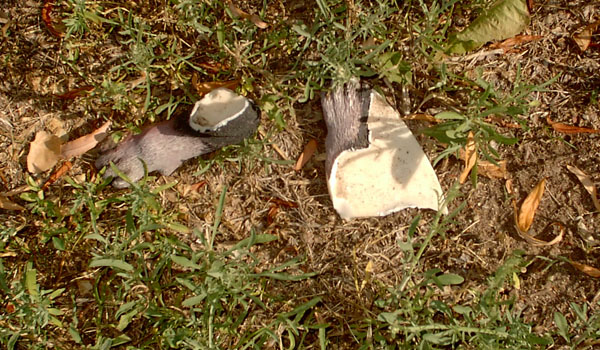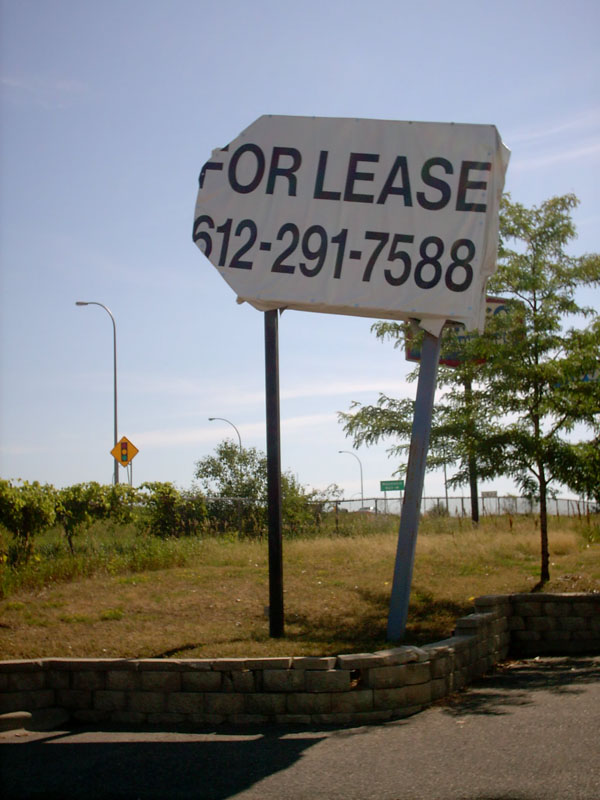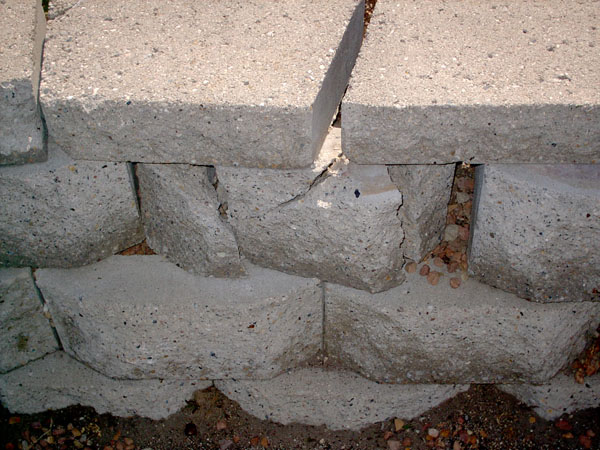[I decided to write an essay this week. Tucked away are a series of “Humiliating Hypermedia Insights.” These are not profound insights by any means. They are obvious to any careful observer. But in the course of having them, I feel humiliated. Things I did not write about in this essay, but wish I did, are twe Greek terms for time: chronos and kairos, whose distinct meanings might help us explore the English language’s limited capacity to deal with one of life’s most profound mysteries.]
I begin this symposium with a certain advantage. I have an inside knowledge of the weekly assignments because I wrote them up myself. So, what I lack in knowledge, talent, and skills, I make up for in prescience. I know the order of things before they unfold—not through intuition or anticipation or precognition—but through the conceptualization of the symposium as a whole. What is for some the beginning of a span of time broken into five week-long periods, each marked with the introduction of a new task, is for me a single, organized event. You get surprises, I struggle with expectations. At least this is how these things are supposed to go in theory.
This first week, I have been refreshed to discover that I am snared up in my own assignment. The thought process began something like this (only much more fragmentary and unfocused): “ I guess I should do Pablo Neruda’s ‘Ode to Broken Things’… I enjoy reading it… I know it reasonably well… It’s beautiful… It’s fairly concrete and straightforward.” In fact, my biggest concern was that it might be too straightforward to lend itself to analysis and interpretation alongside the growing body of hypermedia works that I also enjoy. Now, in Week One, when I actually am sitting down to think about the “time” of the poem, I struggle to begin this work. The theoretical framework cannot contain the piece that I have selected. Humiliating Hypermedia Insight #1: Expectation is the foundation of surprise. [1]
Initially, I had hoped to respond with a series of images that could capture visually and chronologically the passage of time Neruda’s poem, which begins, “Things get broken.” I could begin with a camera and some things, preferably glass and ceramic, which could be placed on a table in a dusty vacant lot to be shot (with a digital camera) at high noon. Two photographs of each, one before and one after. The first photograph would include the thing itself, the surface it would be placed on, the place where it would land if pushed. The goal of this photograph would be to reproduce the relationship between objects, the potential energy, and the prelapsarian state of things before the fall. The second photograph would be the same view, but after the fall—an empty ledge, a glittering pile of fragments and shards. In between the images would be the implication that, as Neruda writes, these things “were pushed/ by an invisible, deliberate smasher.” A retelling of Adam and Eve in two short acts, two brief simulated clicks of a digital shutter to be uploaded and accessed whenever—bookends to an unrepresented and unrepresentable event (Should I have someone photograph me setting the scenario? Pushing the things? Taking the picture? Or should I dispense with the playacting altogether and write about the idea like a poststructualist closet drama?) It’s there if you read the poem, but that’s not all that’s there. Pablo Neruda, that invisible, deliberate smasher of a poet, knocked this idea straight off the top of my head and onto the ground. And so I am going to try it once again, much more slowly.
So, I’ll begin with a real time and place. On July 3, 2007 at Noon at the Maplewood Branch of the Ramsey County Library, I sat down to read Pablo Neruda’s “Ode to Broken Things.” Today’s reading took exactly two minutes and one second. I glanced up from the poem at intervals to check my watch, and was surprised at how quickly a stanza could be read and comprehended. I was equally amazed at how slow the second hand moved on my watch as I read. Two hours and eleven minutes later, four paragraphs into my essay, and two cups of coffee later, I am finally writing about my reading of the poem, a story edited out of an overwhelming sea of stimulation— the door which surely clattered in the distance as it does now, the conversations of other people that I cannot see who have since moved on, the intermittent thunk of books being fumbled out of overstuffed arms, kids talking, parents hushing them, shoes squeaking and clicking, keys jangling, and all the other things that surely must have happened. But I have my doubts, just as I doubt that I even read the poem as I said I did (Was it really noon? Did it really take two minutes? Did time really move more slowly, when it has moved so quickly since?).
In a very superficial sense, this is the time of the poem—the interval of time marked off in my day. The moments spent before and after in anticipation and reflection, preparation and writing are also the time of my reading of this poem. But, as you read this, your time is added to my time, and the time of the poem becomes a joint venture. Taken collectively, the time of Neruda’s “Ode to Broken Things” may be some boundless feat of collective consciousness, gathering the minutes and hours of untold millions, shifting the weight of the world and its things over some precipice which we haven’t yet realized. At least, this is the hope for literature. If only there were Nielsen Ratings for such things, we could measure and compare the impact of things like “the yearnings of the human spirit” in the way we slavishly quantify the worth in dollars and cents of prime-time slots. Actually, that would probably be a terrible, terrible thing. But measurement of the aggregated snowball of human minutes devoted to Neruda, as interesting as it would be, is an impossibility.
Similarly difficult would be to reconstruct the time of the poem in relation to the poet. When did he publish it? When did he write it? When did the thought enter his mind? What events in his life precipitated this thought? Or should I hitch these questions to larger geopolitical events? All are good questions that ought to be taken up by good scholars. But, at the end of the day, they are just dreams that readers have about a poem.
It is much simpler to read the poem and dream about its content. Fortunately, I have a poem that is quite explicitly about time and its passage. And so, I am led back to the beginning: “Things get broken.” Neruda begins with a statement of fact, the description of an inevitable, universal occurrence: The complete, the harmonious, the stable is destined to become incomplete, disorganized, and disturbed. Neruda continues, “at home,” stating that this event is inevitable even within the secure, comfortable, and knowable space that we consider “home.” And furthermore, there is no agent upon which this disorder can be hung. Instead, he offers a simile of action by a nonexistent thing: “like they were pushed/ by an invisible, deliberate smasher.” Nobody makes things broken, but it seems intentional. In the first sentence, Neruda paradoxically declares that, even (perhaps especially), in the most familiar corners of daily life, chaos is a certainty.
In this first sentence, Neruda describes an event that takes place in the life of each thing: It gets broken. This conception of time is not based on the passage of a specific interval or unit of duration (like a minute ticking away across sixty even seconds or the vibrations of cesium atoms or the movement of the sun across the sky), the breaking of things is synonymous with the passage of time. In more universal, abstract terms, we might call this “entropy.” In physics, entropy is the process by which energy is distributed generally throughout the system. Heat it transferred. Potential energy is dispersed. An equilibrium emerges. As with Neruda’s declaration that “Things get broken,” the increase in entropy is a law (it’s the Second Law of Thermodynamics). In this first sentence, Neruda lays out something more than a practical observation about objects, he sets out to describe the passage of time itself as characterized by a process of breakdown, a devolution away from order, and outside of human control.
He goes on to list all the agents that did not push things. He eliminates possible human agents of destruction: “my hands,” “yours,” “the girls,” “the nose,” “the elbow,” “the ankle,” and “anything or anybody.” He goes on to exonerate the large geophysical causes of change: “the motion of the planet,” “the wind,” “the air,” “the orange-colored noontime,” “night over the earth.” In this piece, which is preoccupied a definition for the passage of time, Neruda is careful to explain that even these standard metaphors for temporality and motion are not the causes of this change. He even releases aging, the most personal experience of time passage, from responsibility: “It wasn’t even… the hips getting bigger” that did it. Instead, it just happens, as though the will to break is embedded in unity itself. In simple declarative phrases, Neruda lists the events, “The plate broke, the lamp fell/ All the flower pots tumbled over/ one by one.” Form itself merely postpones its inevitable demise.
The most assertive declaration of will takes place in the following line: “That pot/ which overflowed with scarlet/ in the middle of October/ it got tired from all the violets/ and another empty one/ rolled round and round and round through the winter/ until it was only the powder/ of a flowerpot,/ a broken memory, shining dust.” Here, Neruda’s flowerpots are overtaken by simple fatigue, simply strained by their own coherence and surrendering their unity to the will of physics.
So powerful is the desire to let go that Neruda devotes an entire stanza to stanza to the collapse of a clock, before restating his initial observation: “Life goes on grinding up.” He continues, “what lasts through time/ is like an island on a ship in the sea,/ perishable/ surrounded by dangerous fragility/ by merciless waters and threats.” Here Neruda drops the matter-of-factness which prevails in the poem’s beginning to highlight the precarious fate of human contrivance in the face of this law. Surrounded by a reality hostile to continuity, he proclaims the persistence of perishability.
In the final stanza, the speaker, like the flowerpots before him, gives up under the strain to maintain order: “Let’s put all our treasures together/ –the clocks, plates, cups cracked by the cold –/ into a sack and carry them/ to the sea/ and let our possessions sink/ into one alarming breaker/ that sounds like a river.” Here the speaker acquiesces to the force of time, giving up his belongings to “the long labor of [the sea’s] tides.” They are, in the final analysis, “So many useless things/ which nobody broke/ but which got broken anyway.”
So, we can conclude that the poem is packed with a variety of references to time (aging, planetary motion, clocks, memories, fatigue, the seasons, etc.). However, these references are put in place only to be refuted as causes. The two understandings of time which are alluded to in the beginning of the poem that remain relevant throughout are: 1) The event in which a thing is broken. And, 2) the larger characteristic of time passage: Entropy. The struggle movement of the poem is not about revealing something new about time. Rather, it is about coming to accept the initial insights, accepting the movement from order to disorder, and giving up the struggle for coherence.
Revisiting my initial idea (Taking some things, photographing them, breaking them, and photographing them, again), I tried to imagine an alternative method of simulating the larger process of grinding up. I could put a small clay pot in a larger container (like a coffee can), tie the can to my bumper, drive around for a while, and document the gradual degradation of the clay pot into shards, pebbles, and dust. Such an attempt at recreating the process of entropy through the expenditure of energy would be dishonest if presented as a representation of a natural process of decay.
On the other hand, nowhere in Neruda’s work is it materially or chronologically possible to crush a clay pot using the process he describes. The duration of the poem, unless it were read extremely slowly over many years, is much too short to contain the grinding up process. The language of poetry is itself simulation, pointing, in this case, to the time of the cosmos within the mundane. Within the two minute reading, there is contained my two-day (and who knows how many more to come) reflection on Neruda. Within this reflection is a larger sense of time which ties the broken bottle I passed this morning as I walked down the street to the processes of the cosmos. In this context, we might consider my various simulations of things getting broken as inelegant, derivative poetic acts, but poetic acts, nonetheless. And we might re-consider the power of poetic acts to reflect a materiality that we cannot otherwise comprehend. Humiliating Hypermedia Insight #2: Language is representation. Representation is language. [2]
To conclude, then, the time of this poem happens both at the level of form and content. At the level of content, it is a poem about time and the breakdown of things. At the formal level, it engages with the temporal qualities of language. Meaning-making is a struggle for coherence in which we communicate exceptional and informationally valuable details through the mundane and the familiar (see HHI #1). The mechanism of communication, even at the most mundane level, is symbolic (see HHI #2). Together, this means that many of the formal literary rules that we cling to are like Neruda’s clock: Futile human impositions of order on a dynamic and chaotic system. And that as pedestrian and mundane readings (think of my proposed before and after pictures) begin to break away from strict one-to-one representation and drift into the chaotic web of multiple associations, the poem becomes profoundly meaningful. But it can only happen if I am willing to toss the shards of useless, broken signification into the breakers. Humiliating Hypermedia Insight #3: Poetry is meant to be broken. [3]
Postscript: Suburban Ozymandias
My name is Ozymandias, King of Kings,
Look on my Works ye Mighty, and despair!
I went running one day in the suburbs of St. Paul, thoughts of broken things filling my head. I stumbled across the smashed corpse of a plaster dog and promised to return with camera to document the scene of the crime. When I returned, most of the dog was gone. instead, I took pictures of the two remaining paws.


Driving later that day, I paused to photograph a closed Best Buy. What struck me most about the scene was the speed at which suburbia crumbles when the forces of order “give up.” People stop paving and replacing, watering and cutting, sweeping and painting, and soon the stones themselves begin to crumble.


And, finally, I think of my son, Oscar, who broke his face open this week on a stone fireplace.


Notes
[1] As the alphabetic print poets and the oral poets before them, repetition and form are techniques which rely upon repetition and expectation to solidify a structure. Breaking with structure becomes a powerful occasion for dramatic effect. These techniques attempt to mimic through symbolic means the cognitive processes of daily life. Meaning is forged between the ordinary and extraordinary. To employ this technique in a hypermedia context, the poet must, as all poets do, understand the grammar and lexicon of their particular form and medium.
The potential interactivity of new media poems (through, for example, internal navigation features like links and images and external conventions like back buttons and windows) creates different possible patterns for reception. A good example of one possible this dialectic of expectation and surprise is Jason Nelson’s “Uncontrollable Semantics.” Nelson’s interface is simple enough. Readers can navigate away from each screen by choosing one of four words (each of which implies a different directional movement). Each new screen brings a new mouse atmospheric mouse-follower experience which accompanies the chosen word. As readers learn the interface and the associated navigational techniques a set of expectations are developed. Inevitably, readers will stumble upon a button entitled, “a trap.” Here the exploratory habits of new media and the presumed symbolic nature poetic language converge to override Nelson’s very practical and honest warning: It’s a trap. It’s a surprise, and I’ve blown it, but you’ll probably walk into it anyway. Isn’t this what literature has always done, anyways?
So, I call it a “Humiliating Hypermedia Insight.” It’s a bit obvious, but nevertheless I had overlooked it.
[2] This one has such a strong “Well, Duh?” factor, that I thought I might as well rub my own nose in it, and get over my textual snobbery.
[3] Artists struggle with the rules of mediums and genres. This is not a new fact. Unfortunately, my own attitude (which is echoed by many critics) is characterized by an overbearing traditionalism when it comes to new media work. The possibilities of new media have provoked in many (myself included) an attitude of suspicion against pieces which do not overlap significantly with established traditions. This attitude has more to do with insecurity about the ability of critics to evaluate or even understand the merits of digital works and the burden of authority rather than rigor or insight. As a result, the strong criticism that is needed to advance the field is absent.
And so, my insight, obvious to all except me, once again is appropriately labeled a “humiliating” one. And it especially humiliating because, in a recent conversation with Jason Nelson, he suggested that he tries to “break” his technology.